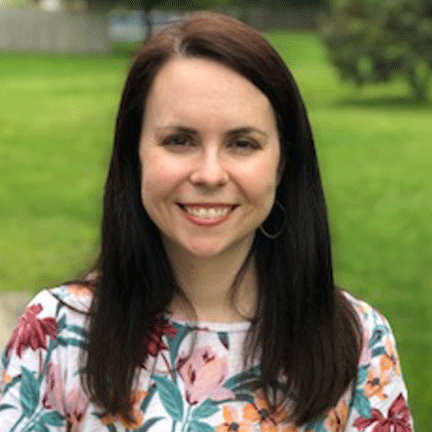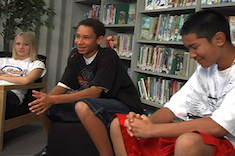My son is nine years old, and he never stops moving or talking. He never walks when he could run, and he never misses an opportunity to jump over something when he could walk around it. He talks constantly, a running commentary of his thoughts, and if no one is around to hear him, he talks out loud to himself.
He is, however, also a deep thinker. Often he begins conversations with “Mom? Do you remember when you said that thing this morning?” He recaps our talk, because I have no idea what I said this morning, and then he throws in an insight that shows how our conversation has been working in his mind all day. Even when we are in a rush, and he is in constant movement and a continuous state of distraction, he holds on to the things that catch his attention, and the decisions he makes because of this almost always surprise and delight me. His reflection helps him learn and grow.
Reflection is also essential to our learning and growing as educators. Reflection helps us determine what we’re doing that helps our students, as well as what is not, and it leads us to uncover new ideas. But days in the classroom often feel like I’m living my son’s life: running and not walking, leaping over obstacles, and moving within a stream of noise. How can we make space for reflection that leads to growth in our overcrowded days?
Decide what needs reflection.
First, decide what needs your focus. What catches your attention in your classroom? Do you want to improve grading practices? Adjust instruction in a particular subject? Evaluate your use of technology tools? Choosing a direction for reflection helps you pay attention to that topic. When you know you want to reflect on your practice in an area, spend some time just letting that topic float around in your mind. Pay attention to the things you are doing now in that situation, the results you are getting, and the results you would like to have.
Write it down.
As you let your ideas percolate, try to focus them around three questions.
How do I feel? Sometimes we need to reflect because we are frustrated at not being able to solve a problem, or feel foolish because we think a situation shouldn’t be so difficult, or are irritated at an interaction earlier in the day. These feelings sometimes cloud our vision of a particular issue. Acknowledging these emotions lets us leave them on the page and look more clearly at the issue for reflection.
What is going well? List the good decisions you have made and the classroom successes first. It’s always easier to face an area for improvement when you know what you’re doing well, and this step may help you recognize strengths that you had overlooked.
Where do I want to grow? After recognizing how you feel and what you’re doing well, it is easier to see specific places where you want to improve, even if you’re still not sure how to get there.
Writing it down is sometimes the hardest part. If we had time to write everything down, we might not have any issues with reflecting. But it is an essential part, since when we write things, we remember them. For reflection, I advocate moving pen on paper, because it helps us slow the frenzy of our thoughts, but I’ve also been known to tap my notes into Google Keep on my way to cafeteria duty. You don’t have to write in complete sentences; in fact, it’s often more useful to jot bullet points for easy reference. These notes don’t need to be taken all at once in some sort of idyllic scenario. It can be as simple as five minutes scribbling on the back of a lunch napkin.
Choose one simple next step.
As the writers of Frozen 2 explain in their climactic song “The Next Right Thing,” you don’t have to change everything overnight. Growth happens one step at a time as you do the next right thing. Skim your notes and decide on one action to take. Maybe it’s talking to or observing a colleague who has ideas in which you’re interested. Reflection may lead you to pay attention to a strategy that shows up in your inbox, and you decide to give it a shot. Your next step doesn’t have to be dramatic, and it doesn’t have to solve all the problems. It just needs to be something you can try.
In my mind, reflection on teaching often looks like serious time with a notebook, a cup of coffee, and lots of quiet. In reality, my reflection looks more like my son’s frantic races around the coffee table and leaps off the edge of his bed—scrawled into the back of a notebook as I rush out the door or misspelled because I was using my thumbs to type. The quick notes while ideas percolate often lead me to try things I wouldn’t have considered before.
None of these ideas on reflection is elaborate. But taking even five minutes in the middle of a busy week to consider your work intentionally and then choose an action can be uplifting and empowering, and can help you continue to grow and innovate.






